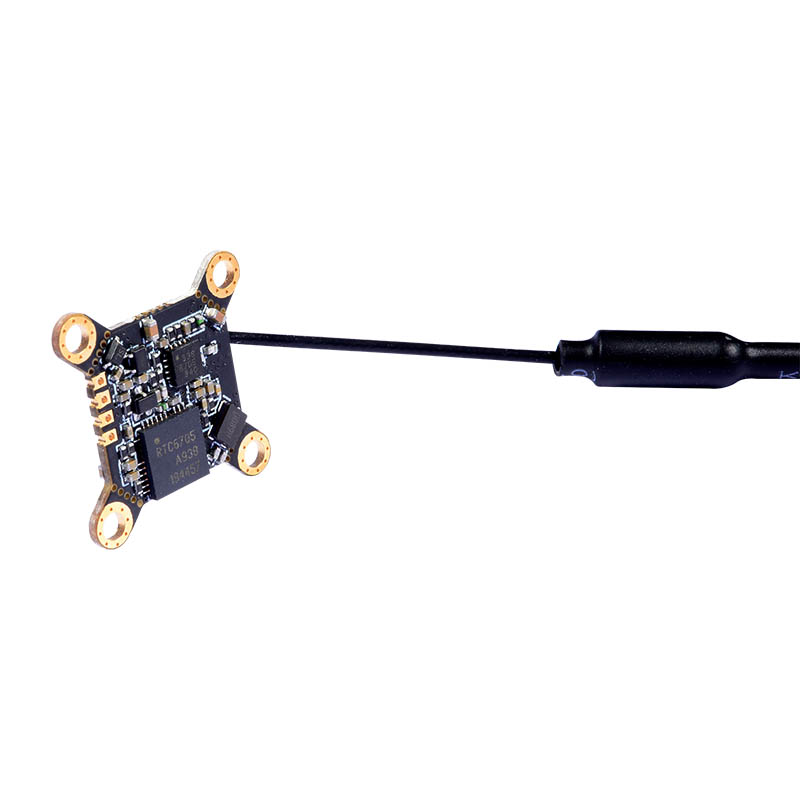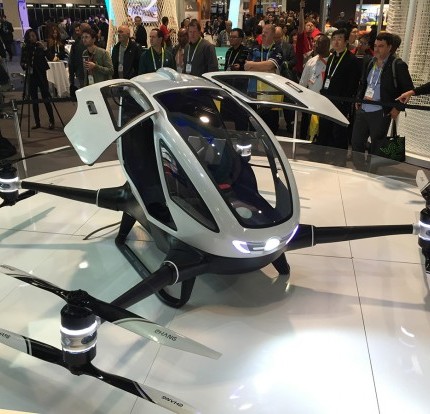
Drones often have navigation and anti-collision lighting. The lights may not be sufficient if the drone is operating at night or in adverse weather conditions. While they aren't required by FAA, anti collision lights, also known as ARCs are still highly useful. They can be used with nearly all drone types and are brighter than stock lights. You can read on for more information about these lights.
Anti-collision lights aren't required by the FAA
The FAA doesn’t require drones have anti-collision lamps, but the lighting requirements for airplanes at night are similar. The FAA does not require drones to have anti-collision lamps. However, they are necessary for other aircraft to see your drone. These lights must also comply with certain regulations like visibility and frequency. This is known as "performance-based rulingmaking," according to the FAA. The light is still an important safety element, regardless how strict the requirements might be.
They can be used with all drones
Drones can be small, autonomous flying machines that can fly to places where humans are unable. Often, these devices are equipped with cameras and other devices to capture images and videos from the air. Some drones include cameras built in. These are the top-selling drone cameras. You may be surprised by the best. Read on to find out what to look for. And be sure to check out our recommended drone cameras for beginners.

They are brighter then stock lights
If you're looking for an upgrade for the stock lights in your drone, there are a few different options available. One of the first options is the Firehouse ARC CREE emergency strobe light. This 6 grams unit features CREE lights and four LEDs and is strong enough to meet the FAA's 3 mile range. The plastic film on the motherboard of this model prevents moisture from entering.
They are strong.
Lights are an essential part of drone technology. They can be used for many purposes, including data collection. Some drones come with sensors that detect obstacles to prevent landings. For drone safety, navigational lights are also necessary. Anti-collision lights must be visible from a distance of three statute miles. These lights are vital for the safety of commercial drone operators.
They are compatible to third-party accessories
For a better flying experience, you must choose compatible accessories. Many drone owners who are new to the hobby make the error of purchasing the wrong accessory, and they end up disappointed. Be sure to read the "accessory information" section of the product description before buying a drone accessory. Compatible accessories for drones will enhance your flying experience, make your hobby more fun, and make it safer. Here are some tips that will help you choose the best drone accessory.

FAQ
Are drones permissible at public events
Yes, you are free to fly a drone anywhere as long as you follow the rules. You will need to get approval from event organizers if your drone is going to be flying during public events such as a parade, festival or concert.
What laws apply to flying drones?
The Federal Aviation Administration (FAA), which regulates all aspects drone operations in the United States of America, is responsible for them. First, you need to obtain a FAA certificate in order to operate a drone commercially. First, you need to take a course about piloting and pass an exam. Finally, you must pay a fee to the agency.
Which drone is best for beginners?
One of the most popular beginner drones is the DJI Phantom 2 Vision+. The DJI Phantom 2 Vision+ comes with a 4K camera that allows you to capture high-quality aerial shots and videos. This drone is easy to navigate thanks to its GPS system.
How high can you fly a drone without a license?
The FAA has no limits on the maximum height a drone can fly. However, they do require you to register your unmanned aircraft system (UAS), which includes the registration number, model name, weight, size, serial number, manufacturer's name, date manufactured, and other information.
Statistics
- According to industry research from ZipRecruiter , there are 10 cities where the typical salary for a Drone Pilot job is above the national average. (dronesgator.com)
- According to ZipRecruiter, the minimum hourly wage of drone pilots is $20. (thedroneu.com)
- According to Indeed, a drone pilot gets paid $25.73 per hour on average in the US. (dronesgator.com)
External Links
How To
How to Fly Drones with Beginners
A drone is a remotely-controlled aircraft that is used for aerial photography and surveillance. Drones are a technology that has been around since World War II. However, commercial use began in 2010 when DJI released their Phantom series of quadcopters. From beginner-friendly drones such as Parrot AR Drone 2.0 through professional-grade multirotor craft like DJI Mavic Pro, many types have been available.
There are many options for flying a drone.
-
Remote control – This technique uses a control device attached directly to your hands that allows you steer the drone around its flight path. There are two main types for controllers: Joysticks or On/Off switches, which can be used to control the drone's flight path.
-
Manual Control - Using a smartphone app, this method allows users to remotely operate the drone via GPS coordinates. You must keep track of the location where you want the drone to go and follow the instructions from the app.
-
Autonomous flight - The drone takes over the piloting duties. It basically flies autonomously without any human intervention. To enable autonomous flight, the drone should have a built in camera and sensors capable recording images and data.
-
Triggered flight - This is similar to manual control except that the pilot sets up a preprogrammed route and the drone follows the route until it reaches its destination. After the program is complete, the drone automatically returns to the ground.
-
Landing Gear: Some drones have landing gear that allows them safely to land in case they lose power or run low on battery.
-
Goggles - Some pilots wear goggles to protect themselves from debris while operating.
-
Camera - You can capture photos and videos with your drone from the air.
-
Obstacles - Some drones can be equipped with obstacle avoidance systems that prevent them from crashing into obstacles.
-
Speed – Some drones can reach speeds in excess of 40 mph.
-
Battery Life - Most drones last between 20 and 3 hours depending on how much power they have.
-
Some drones are capable of traveling up to 30 miles depending upon their make and model.
-
Power source - Not all drones can use an external power source. Others can run on internal batteries.
-
Weight - Some drones weigh less than 1 pound, whereas other models weigh up to 4 pounds.
-
Size - Drones come in many sizes, from small gadgets that fit in one's hands to large craft that weigh more than 50 lbs.
-
Price - Drones come in a variety of price categories, including high-end models which can run into the thousands and low-cost options that can start at $100.